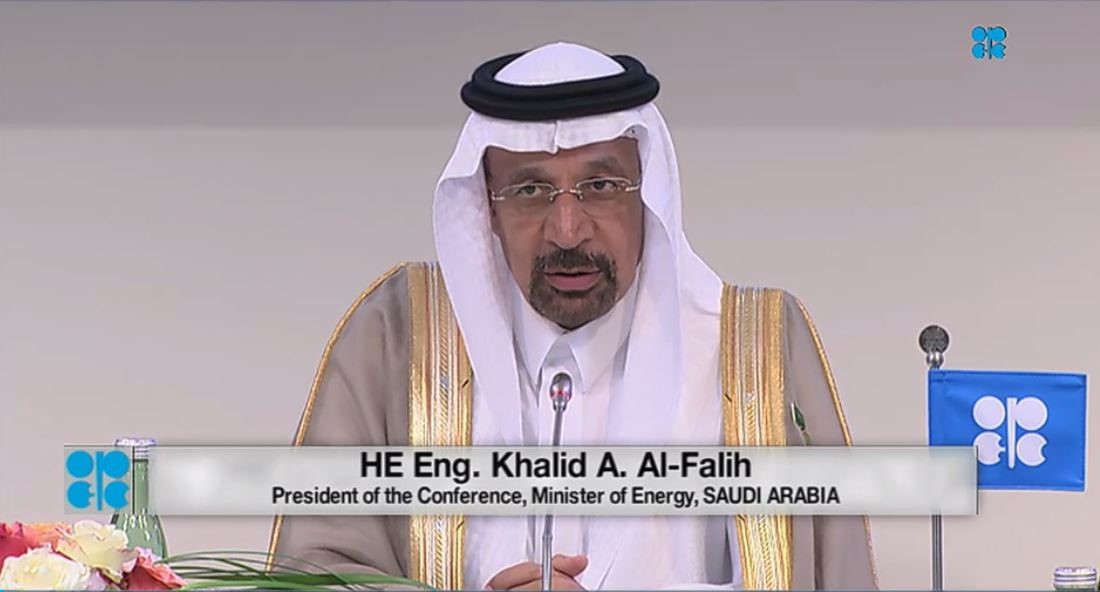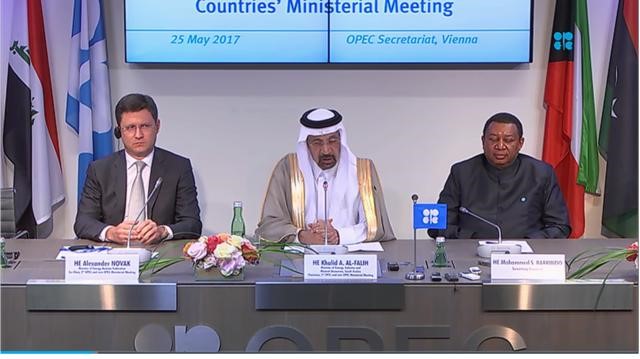
OPEC has set as its goal to reduce global OECD oil inventories to their five-year average. In his opening address to the 172nd meeting of the OPEC conference, Saudi Arabia's Minister of Energy, Industry and Mineral Resources, Khalid A. Al-Falih, remarked, "The market is now well on its way toward rebalancing."
After the meeting, Mr. Al-Falih said in a press conference that the current production quotas will "do the trick" of rebalancing stocks to normal levels within six months. But they extended the cuts to nine months because of the seasonal decline in demand expected in the first quarter of 2018.

In May, OPEC reported that OECD global inventories are 276 million above the 5-year average. OPEC estimated its production in the first quarter to be 31.944 million barrels per day (mmbd). Assuming April's production of 31.7 holds for the remainder of 2017, there will be a total global stock draw of just 29 million in 2017: Continue reading "Global Seasonal Oil Stock Draw In Jeopardy"


